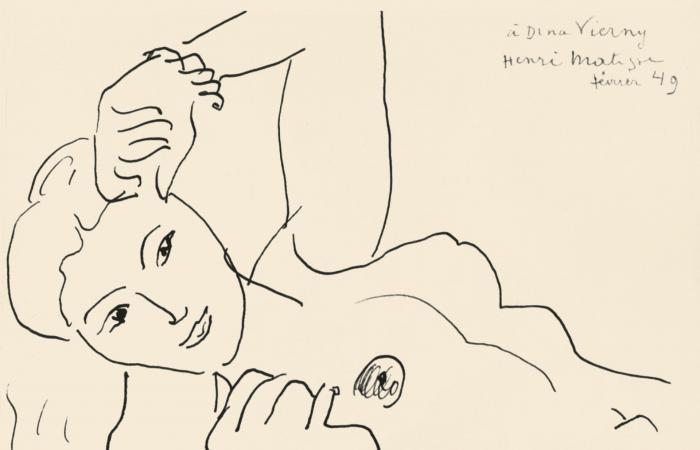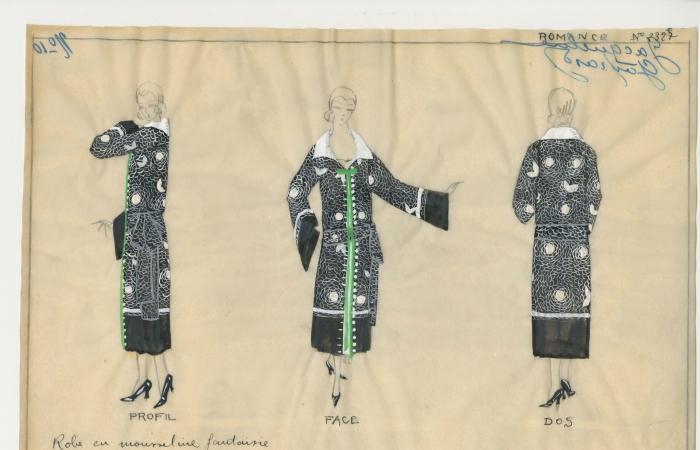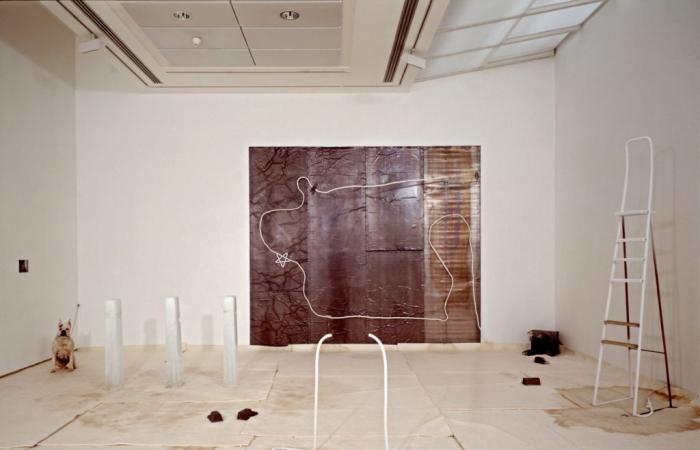« Giacometti / Morandi. Immobile moments” at the Giacometti Institute
Driven by the same interest for the world and reality, but not for realism, Alberto Giacometti and Giorgio Morandi established themselves, each in their own way, as figures of the avant-garde. Although they never met in their time, the Giacometti Institute is initiating a reflection on the proximity between the two artists on the occasion of the exhibition “Giacometti / Morandi. Still moments” presented until March 2, 2025. A poetic and singular dialogue which testifies to the recurrence of models in their respective works but also to their desire to innovate and renew classic forms. The opportunity also to (re)discover the splendid Giacometti Foundation, installed in an Art Deco building in the 14th arrondissement of Paris.
“Yasuhiro Ishimoto – Lines and Bodies” at BAL
Located in the 18th arrondissement of Paris, Le Bal is currently dedicating an exhibition to photographer Yasuhiro Ishimoto (1921-2012) until December 22, 2024. A figure in Japanese photography, this talented artist is still too little known in France. A defect that the cultural institution intends to correct by bringing together 169 period prints, mainly in black and white. Often described as “visually bilingual,” Ishimoto produced work influenced by his Japanese culture as much as by his American training at the Chicago Institute of Design, where he notably discovered the avant-garde principles of Bauhaus. Both sensitive and singular, the work of Yasuhiro Ishimoto brings together numerous portraits, moments of life captured on the spot, but also geometric and structured architectural images, as evidenced by this view of the Katsura imperial villa in Kyoto photographed in 1953. To see.
“Modigliani / Zadkine. A friendship interrupted” at the Zadkine Museum
Amedeo Modigliani, Caryatid, circa 1913-1914. Drawing (graphite, ink wash, pastel). Paris, Paris Museum of Modern Art
Amedeo Modigliani, La Bourguignonne, 1918, oil on canvas. Private collection
If Paris was at the beginning of the 20th century a refuge for all exiled artists, it also saw the birth of a short but fruitful friendship between the sculptor Ossip Zadkine and the painter Amedeo Modigliani, two major avant-garde artists. A relationship that the Zadkine museum explores in an exhibition entitled “Modigliani / Zadkine, An interrupted friendship” presented until March 30, 2025. Structured around 90 works, sculptures, drawings and period photographs, the event looks back at the beginnings of the two artists in Montparnasse, their common affinities and their uninterrupted mutual respect.
“Matisse – Drawings” at the Dina Vierny gallery
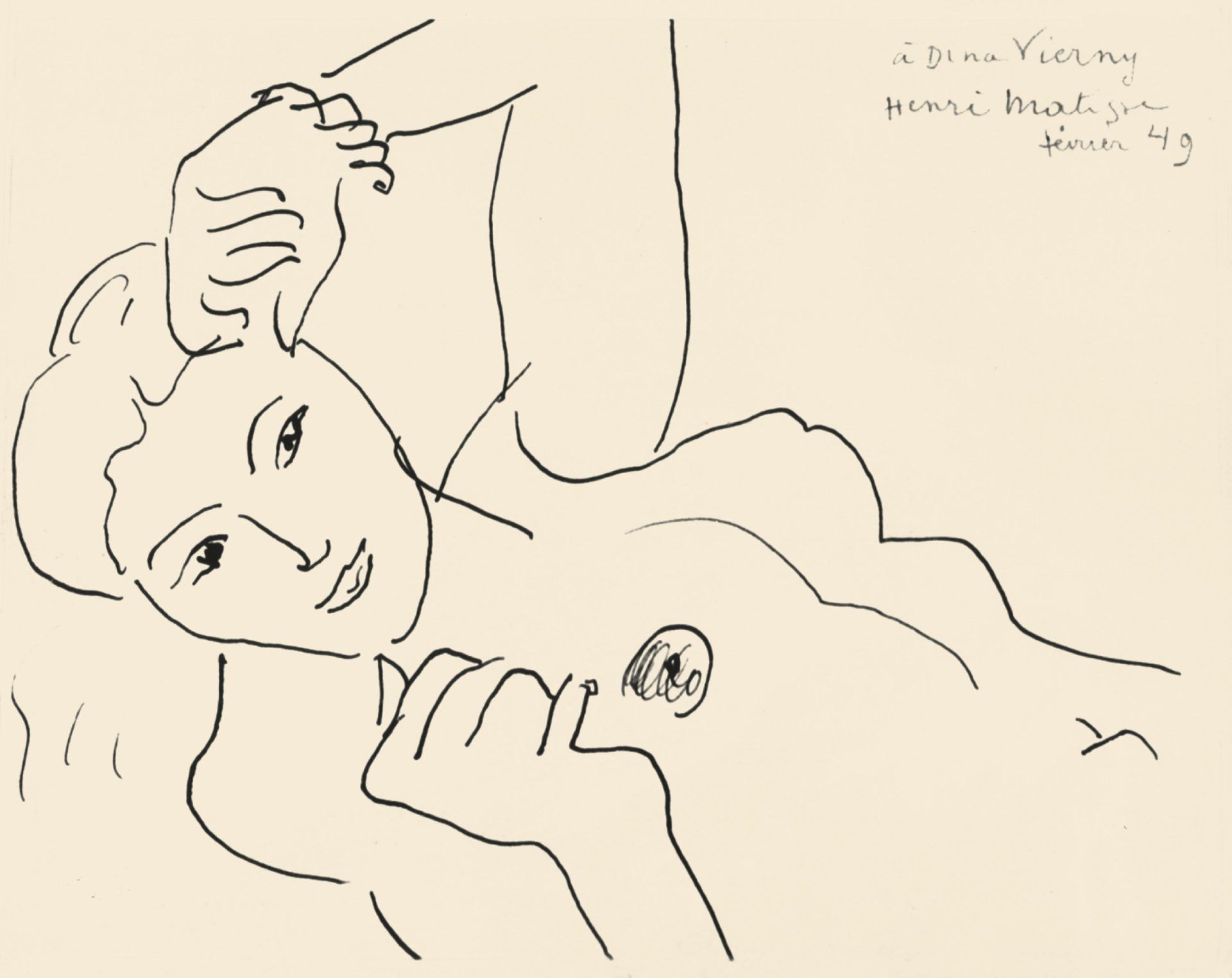
It is a beautiful story of friendship that the latest exhibition at the Dina Vierny gallery celebrates. In this case between Henri Matisse and Dina Vierny, who was first a model for Maillol then for the painter before becoming a gallery owner. It was even the master Fauve himself who convinced the architect Auguste Perret to design the gallery, a sublime wooden setting that has remained intact since. Until December 21, 2024, Henri Matisse’s fifth exhibition is being held at 36 rue Jacob, simply titled “Matisse – Drawings”. A selection of 20 works which reflect Matisse’s great mastery of line and his interest in drawing as an art in its own right.
“Fashion in models, Photographs from the 1920s-1930s” at MAD
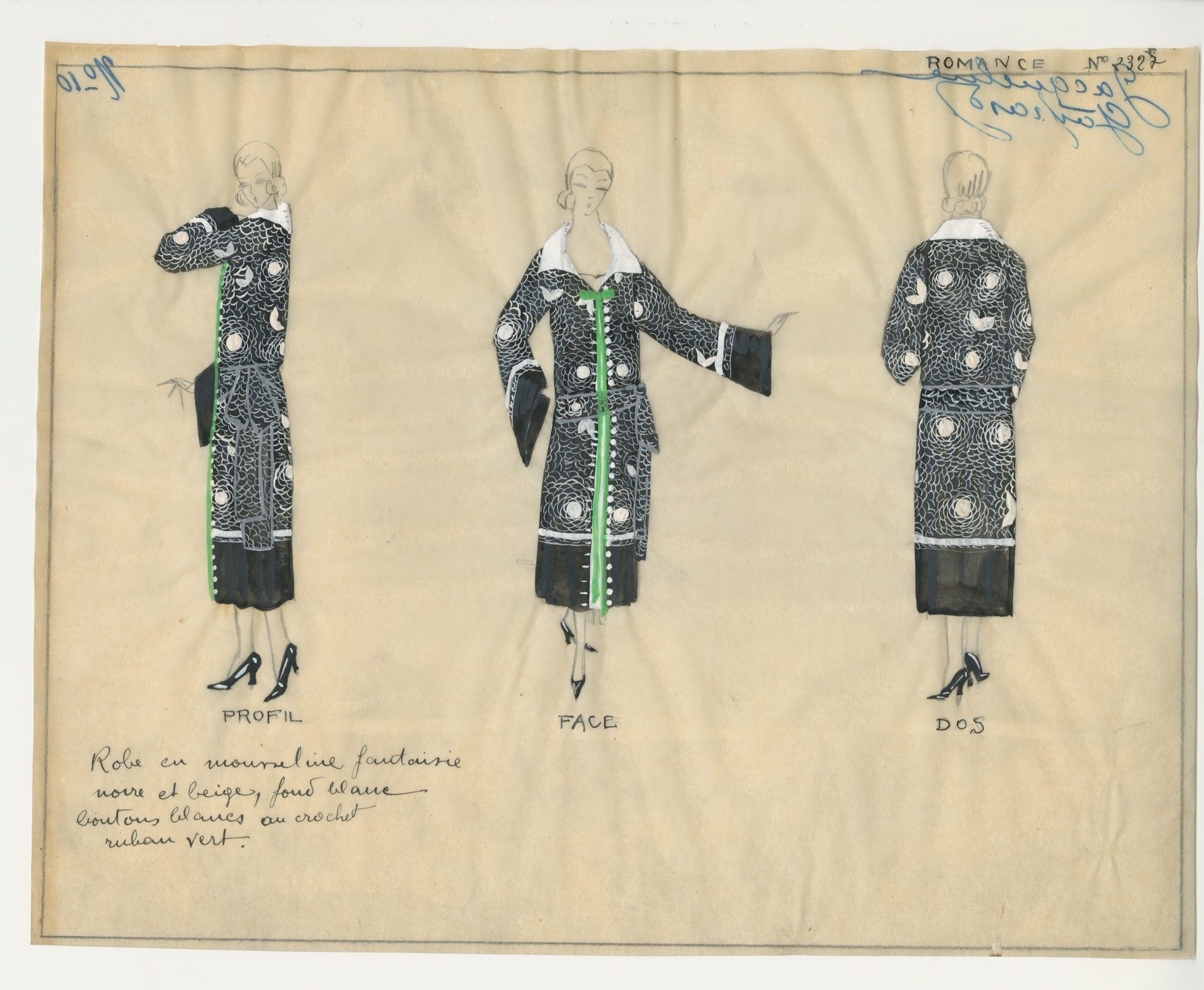
This winter, the Museum of Decorative Arts is focusing on an often forgotten part of fashion: the model depository. Based on a corpus of 120 photographs, the museum draws up a visual panorama of Parisian fashion and haute couture from the 1920s-1930s by the greatest designers, such as Jeanne Lanvin, Jean Patou, Elsa Schiaparelli and Paul Poiret. All the major houses have in fact produced images of their creations in the privacy of their workshops, a sort of proof of their authenticity and protection against counterfeiting. Amazing and essential archives for writing the history of fashion.
“Arte Povera” at the Bourse de Commerce
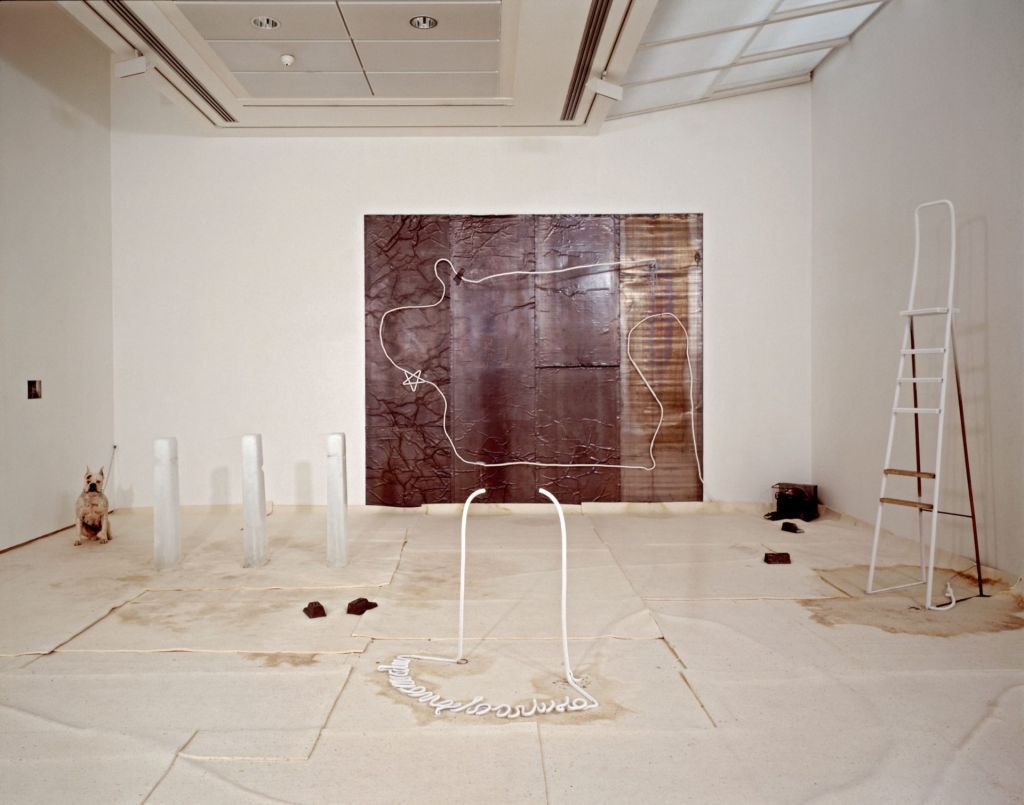
In the mid-1960s, a group of Italian artists gave birth to the avant-garde movement Poor Art. Constructed as a critique of consumer society and in a quest for sobriety or even artistic banality, this movement brings together works designed from simple – “poor” – or recycled materials: earth, trees, plates of steel, neon tubes, staged in what we commonly call installations today. An innovative and humanist approach highlighted until January 20, 2025 during a major exhibition at the Bourse de Commerce. 250 works are exhibited, including some of the biggest names in Arte Povera, like Michelangelo Postoletto.



